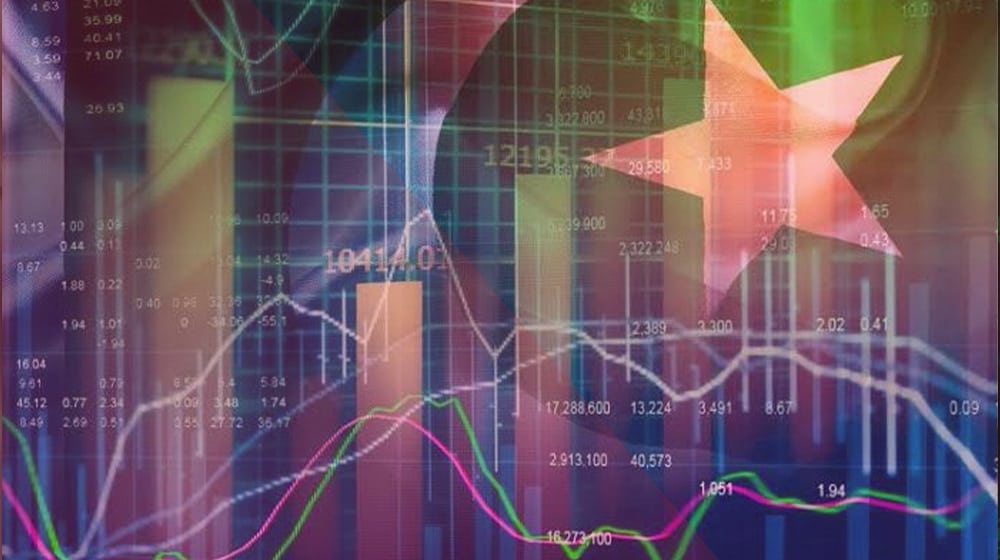Islamabad, Nov 4: With the new IMF program, Pakistan’s economy is steadily stabilizing as fiscal accounts are consolidating, inflation is steeply declining, and external accounts are showing significant improvement.
However, Topline Securities stated in research that growth is anticipated to stay moderate due to slower expansion in agriculture.
According to the Governor State Bank’s statement in one of the analyst conferences, Pakistan’s external repayments (net of rollover and refinances) are anticipated to reach US$ 10 billion for FY25. The gross financing demand (net of rollover/refinances) is anticipated to be US$ 11.3 billion, a manageable sum, given the projected US$ 1.3 billion current account deficit for FY25. The IMF report states that Pakistan’s gross external finance needs are at a nine-year low of $18.8 billion.
Two rating agencies have already raised Pakistan’s rating by one notch as a first indication of external stability. Fitch raised Pakistan’s long-term issuer rating to CCC+ on July 29, 2024, while Moody’s upgraded it to Caa2 on August 28, 2024. In the coming years, Topline anticipates that Pakistan’s rating will continue to strengthen due to growing foreign exchange reserves, which will make it possible to issue long-term instruments on global capital markets.
With the successful conclusion of the last Standby Arrangement (SBA) and the beginning of a new IMF program that is projected to open more finance from bilateral and multilateral sources, Pakistan’s liquid foreign exchange reserves are predicted to reach the US$ 13 billion mark by June 2025, the first time since March 2022.
The stability of the external account and increased inflows have helped the Pakistan Rupee (PKR) gain 2.6 percent in FY24 and 0.3 percent in FY25TD vs the US dollar. Between June 2025 and June 2026, the PKR/USD exchange rate will be between Rs. 277 and 282.
After reaching 23.4 percent in FY24, inflation is predicted to average 7-8 percent in FY25. A bigger base effect, quicker food segment disinflation, and negative fuel cost adjustments in September and October 2024 are all factors contributing to the steeper drop in the inflation rate.
According to the research, the policy rate will drop from its current level of 17.5% to 12.5% by June 2025, after reaching a peak of 22.5% in June 2024.
In expectation of a further drop in interest rates, 6M KIBOR and 6M T-bill are trading at 13.43 and 12.87 percent, respectively, 407–463 basis points below the policy rate.
This is in contrast to the prior five-year average spread of 62 and 46 basis points for KIBOR and T-bills, respectively, above the policy rate.
Despite sluggish agricultural growth amid a poor outlook for cotton and wheat crops, real GDP growth is anticipated to be between 2.5 and 3.0 percent in FY25.
With the steady restoration of economic activity, the services sector is expected to lead growth.
Following a 19-year high growth of 6.4 percent in FY24, the agriculture sector is predicted to increase by 1 percent.
This is because key crops are predicted to exhibit an 8.1 percent contraction due to the dismal forecast for wheat and cotton yields.
